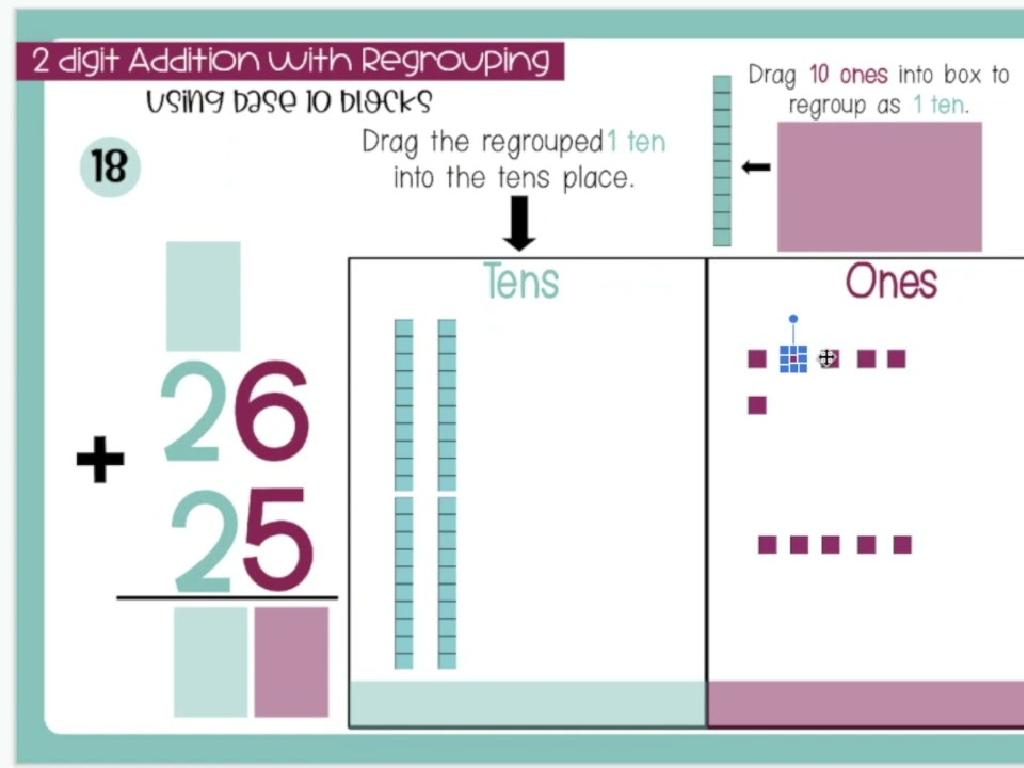Name Countries Of Africa: Region 3
Subject: Social studies
Grade: Seventh grade
Topic: Africa: Geography
Please LOG IN to download the presentation. Access is available to registered users only.
View More Content
Exploring Africa: Region 3 Geography
– Africa’s geographical diversity
– Second-largest continent with varied landscapes
– Geography’s role in culture & economy
– Geography influences lifestyle, resources, and trade
– Introducing Africa’s Region 3
– Focus on countries like Kenya, Tanzania, Uganda
– Key facts about Region 3 countries
– Learn capitals, languages, and unique features
|
This slide introduces students to the vast and diverse continent of Africa, emphasizing the importance of geography in shaping the cultures, economies, and daily lives of its people. Students will be given a preview of Region 3, which includes countries such as Kenya, Tanzania, and Uganda. They will explore key facts about these countries, including their capitals, official languages, and notable geographical features. This sets the stage for a deeper dive into the specifics of Region 3, fostering an understanding of the interconnectedness of geography and human activity.
Exploring Africa: Region 3
– Understanding Region 3
– Region 3 refers to a specific area in Africa, often grouped by geographical, cultural, or political similarities.
– Locating Region 3 on a map
– Use an African map to pinpoint where Region 3 is situated.
– Characteristics of Region 3
– Discuss climate, terrain, and cultural aspects that define Region 3.
– Countries within Region 3
– Enumerate the nations that make up this region, such as Kenya, Uganda, and Tanzania.
|
This slide introduces students to Region 3 of Africa, which is not a universally defined term and may vary depending on the context. For the purpose of this class, define Region 3 with clear parameters, whether it’s East Africa, Central Africa, or another subset. Show students how to identify this region on a map and discuss its unique characteristics, including climate patterns, predominant landscapes, and cultural traits. Provide a list of countries that are considered part of Region 3, ensuring to highlight any significant diversity within the region. This will help students gain a better understanding of Africa’s complexity and the distinct features of its various regions.
Exploring Africa: Countries of Region 3
– Introduction to Region 3 countries
– Learn about countries like Kenya, Tanzania, Uganda
– Capitals and official languages
– Nairobi, Swahili in Kenya; Dodoma, Swahili in Tanzania
– Unique geographical features
– Mt. Kilimanjaro in Tanzania, Maasai Mara in Kenya
– Cultural highlights
|
This slide aims to introduce students to the countries of Region 3 in Africa, which includes nations such as Kenya, Tanzania, and Uganda. Highlight the capital cities and official languages of each country, for example, Nairobi is the capital of Kenya where Swahili and English are the official languages. Discuss unique geographical features like Tanzania’s Mount Kilimanjaro, the highest peak in Africa, and Kenya’s Maasai Mara, known for its wildlife and annual migrations. Encourage students to explore the cultural aspects of these countries, such as traditional music, clothing, and festivals. This will provide a comprehensive overview of the region’s diversity and significance.
Physical Geography of Africa: Region 3
– Major mountains and rivers
– Explore the Atlas Mountains, the Nile River, and more
– Climate zones in Region 3
– From arid deserts to lush rainforests
– Geography’s impact on life
– How terrain and climate influence agriculture, housing, and culture
– Human-environment interaction
|
This slide aims to introduce students to the diverse physical geography of Africa’s Region 3, which includes key features like the Atlas Mountains and the Nile River. Discuss the various climate zones found in this region, ranging from dry deserts to tropical rainforests, and how these climates affect the daily lives of the people, including their farming practices, the types of homes they build, and their cultural traditions. Highlight the importance of understanding human-environment interaction, which is how people adapt to and modify their environment. Encourage students to think critically about how geography can shape economies and societies.
Cultural Geography of Africa: Region 3
– Diversity in cultures & traditions
– Explore the unique customs, languages, and celebrations.
– Agriculture & natural resources
– Key crops, minerals, and environmental features.
– Region 3’s economic activities
– How people make a living: farming, manufacturing, services.
– Trade patterns & significance
– Trade routes, exports, and imports shaping the economy.
|
This slide aims to give students an overview of the cultural geography of Africa’s Region 3. Emphasize the rich diversity of cultures and traditions, which may include a variety of languages, religious practices, and festivals. Discuss the agricultural practices, highlighting the main crops and natural resources found in the region. Explain the different economic activities, such as farming, manufacturing, and services, and how they contribute to the livelihood of the people. Lastly, delve into the trade patterns, discussing what goods are traded, with whom, and how trade impacts the region’s economy. Encourage students to think about how geography influences culture, economy, and trade in the region.
Class Activity: Mapping Africa’s Region 3
– Label Region 3 countries on a map
– Mark capitals and major features
– Research and note an interesting fact
– Find a unique or lesser-known fact to share about each country
– Present your findings to the class
|
This activity is designed to help students learn about the countries in Africa’s Region 3 through an interactive mapping exercise. Provide students with blank maps and have them label each country in the region. They should also mark the capital cities and any significant physical features such as rivers, mountains, or deserts. Encourage them to use reliable sources to find one interesting fact about each country to share with the class. This could be related to culture, history, or geography. Possible activities: 1) Pair students to work on different countries and then combine their findings, 2) Assign each student a country to research and present, 3) Create a classroom map with information from all students, 4) Have a quiz based on the facts presented, 5) Use an online mapping tool to explore the region virtually.
Recap: Countries of Africa – Region 3
– Review Region 3 countries and capitals
– List countries like Nigeria, Niger, Chad and their capitals
– Recap physical and cultural geography
– Discuss the Sahara Desert, ethnic groups, and languages
– Engage in a Q&A session
– Reinforce learning with a quiz
– Prepare a short quiz to test knowledge retention
|
This slide aims to consolidate the students’ knowledge of the African countries in Region 3. Start by reviewing the countries and their capitals to reinforce memorization. Then, recap the key physical features, such as the Sahara Desert, and cultural aspects, including predominant ethnic groups and languages spoken in the region. Encourage students to ask questions to clear up any confusion. Conclude with a quiz to assess understanding and retention of the material covered. This interactive approach helps ensure that students are engaged and can confidently identify and discuss the characteristics of Region 3 in Africa.
Homework: Explore a Country in Africa’s Region 3
– Research a Region 3 country
– Include geography and culture
– Cover physical landscape, climate, and cultural practices
– Add an interesting fact
– Find a unique or lesser-known aspect of the country
– Share your essay in class
|
This assignment is designed to deepen students’ understanding of Africa’s diverse geography and rich cultural tapestry, specifically focusing on Region 3. Students should select a country from Region 3 of Africa, which includes nations such as Kenya, Tanzania, and Uganda. They are expected to research and write about the country’s geography, including its physical features and climate, as well as cultural elements like language, traditions, and social norms. Additionally, they should find and present one interesting fact that makes their chosen country unique. This could be related to history, a notable figure, a natural wonder, or a cultural achievement. The goal is for students to engage with the material personally and share their insights with the class, fostering a collaborative learning environment.






